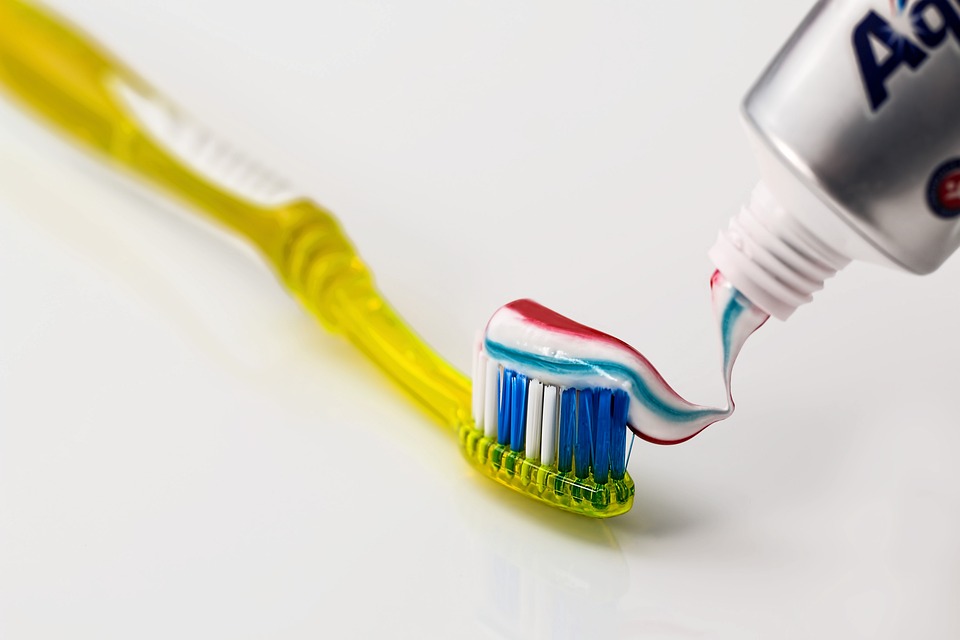The Effectiveness of Botox in Treating Bruxism: Surprising Research Findings
Bruxism, commonly known as teeth grinding, is a condition that affects many individuals, causing not only dental issues but also discomfort and pain. While traditional treatments for bruxism include mouthguards and relaxation techniques, recent research has shown that Botox injections may be a promising solution. In this article, we will explore the latest findings on the use of Botox in treating bruxism and answer some frequently asked questions on the topic.
What is Bruxism and How Does Botox Work?
Bruxism is a condition characterized by the grinding or clenching of teeth, often during sleep. This can lead to tooth wear, jaw pain, headaches, and other symptoms. Botox, a neurotoxin derived from the bacterium Clostridium botulinum, works by temporarily paralyzing muscle activity. When injected into the muscles responsible for jaw movement, Botox can reduce the intensity of teeth grinding and alleviate associated symptoms.
The Latest Research on Botox for Bruxism
Recent studies have shown promising results in using Botox to treat bruxism. One study published in the Journal of Dental Research found that patients who received Botox injections experienced a significant reduction in teeth grinding episodes compared to those who received a placebo. Additionally, participants reported a decrease in jaw pain and improved quality of life after Botox treatment.
Another study, published in the Journal of Oral Rehabilitation, found that Botox injections were effective in reducing muscle activity in the jaw and decreasing the frequency of bruxism episodes. The researchers concluded that Botox could be a valuable treatment option for individuals suffering from severe bruxism.
FAQs about Botox Treatment for Bruxism
1. How long does the effect of Botox last in treating bruxism?
The effects of Botox in treating bruxism typically last for 3 to 4 months. After this period, the muscles gradually regain their activity, and the symptoms of bruxism may return.
2. Are there any side effects of Botox treatment for bruxism?
Common side effects of Botox treatment for bruxism may include temporary weakness or numbness in the jaw area, difficulty chewing, and mild headaches. These side effects are usually mild and resolve on their own within a few weeks.
3. How many Botox injections are needed for effective treatment of bruxism?
The number of Botox injections needed for effective treatment of bruxism varies depending on the severity of the condition and the individual’s response to the treatment. In general, most patients require 1 to 2 injections to achieve desired results.
Overall, the latest research on the use of Botox in treating bruxism has revealed promising results, with many studies demonstrating its effectiveness in reducing teeth grinding episodes and alleviating associated symptoms. While further research is needed to fully understand the long-term effects of Botox treatment for bruxism, it represents a potential alternative for individuals who have not responded well to traditional therapies.
If you are interested in learning more about Botox treatment for bruxism, please visit this informative article for additional information.







